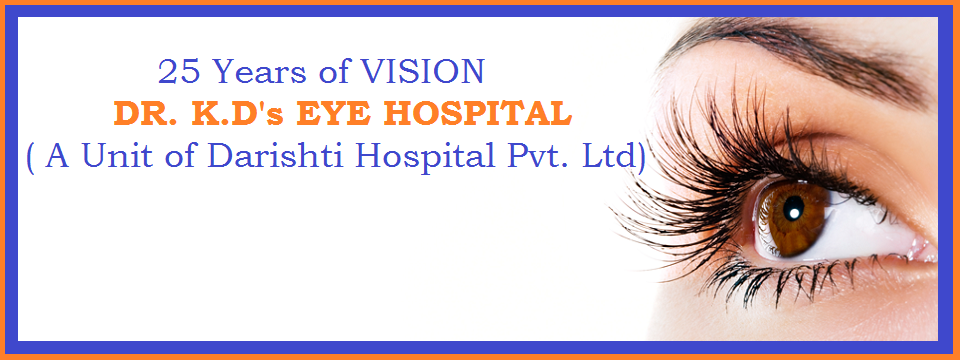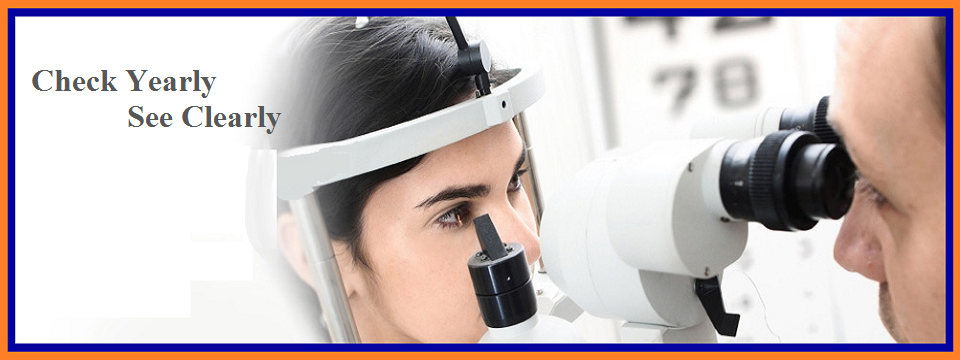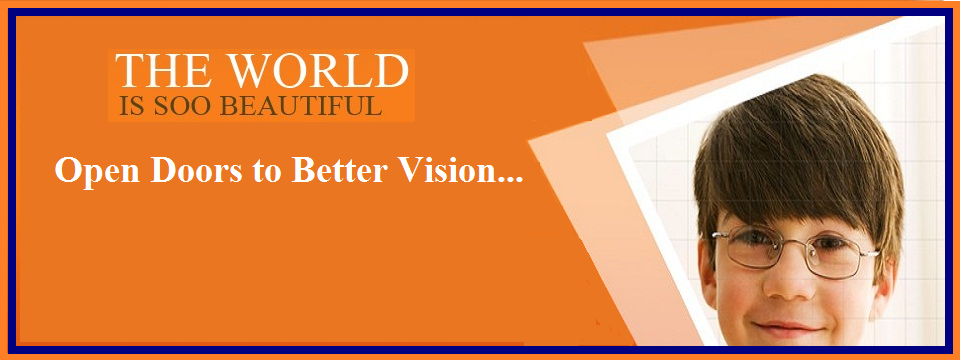TOPOGRAPHY
Topography, also known as Photokeratoscopy or Videokeratography, is a non-invasive medical imaging technique for mapping the surface curvature of the cornea, the outer structure of the eye. Since the cornea is normally responsible for some 70% of the eye's refractive power, its topography is of critical importance in determining the quality of vision and corneal health. The three-dimensional map is therefore a valuable aid to the examining ophthalmologist or optometrist and can assist in the diagnosis and treatment of a number of conditions; in planning refractive surgery such as LASIK and evaluation of its results; or in assessing the fit of contact lenses. A development of keratoscopy, topography extends the measurement range from the four points a few millimeters apart that is offered by keratometry to a grid of thousands of points covering the entire cornea. The procedure is carried out in seconds and is completely painless. Corneal topography is a procedure used to monitor and measure changes that may occur to the shape and integrity of the cornea of your eye. A corneal topographer projects a series of illuminated rings onto surface of the cornea, which are reflected back into the instrument. After analyzing the reflected rings of light, the computer generates a topographical map of the cornea. The images produced by the topographer can be helpful for your eye doctor when analyzing the health of your eyes.














